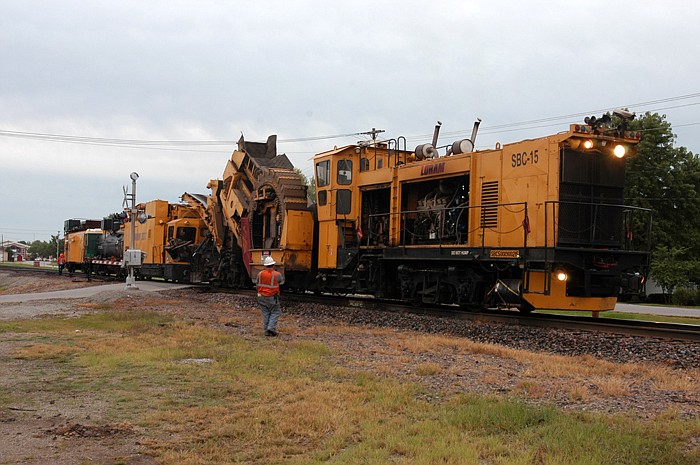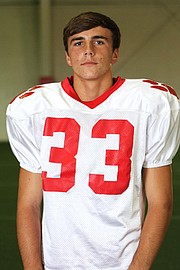CALIFORNIA, Mo. -- The California area's rich heritage connected with the railroad arriving in 1858 will be featured in the first of a series of murals to be painted on the sides of Oak Street businesses.
The Pacific Railroad reached California on May 4, 1858. It was the site of the company's first locomotive explosion, when Pacific No. 3, the first to operate west of the Mississippi River, was damaged Oct. 1, 1860.
During the Civil War, miles of track were torn up and stations burned, including California, Lookout (today Centertown) and Syracuse.
The railroad mural will be done by Dennis Holliday and applied to the upper south wall of the Lehman building.
Holliday previously painted the military-themed mural on the east side of the VFW Post 4345 post home. Dr. Don and Jean Vanderfeltz paid for the project dedicated in December 2011. That project took him about 1,000 hours of work, the artist said.
In Jefferson City, Holliday's murals include "Looking Back at the History of High Street" in the 300 block of East High Street and the "mural within a mural" featuring historic landmarks on the former Zesto's restaurant site along Whitton Expressway.
He will submit a conceptual color sketch for the California Progress Inc. committee's review this month.
The committee is committed to four additional murals.
The second will showcase the diverse industries of the area from 1854 to the present, 26 in all.
The third mural will celebrate the Moniteau County Fair, which just passed its 150th anniversary.
The fourth mural will highlight the history of education in the California area.
And the fifth mural will depict the city's main street from city hall to the courthouse.
"CPI views this project as a celebration of California's rich heritage and, through this public art, to build community pride, attract tourism and have an educational benefit now and in the future," Chairman Gail Hughes said.


